Navigating Pollution: Causes & Consequences

Living in a world intricately woven by nature's perfection over millions of years, humans constantly strive to optimize their environments and lifestyles. However, with global population soaring to unprecedented heights and our appetite for comfort and convenience escalating, the toll on our environment has reached a critical juncture.
Understanding Pollution:
Pollution stands as humanity's most substantial and adverse impact on its immediate surroundings. It manifests in myriad forms, categorized by its environmental impact and the type of pollutants involved.
Pollution, broadly defined, involves the introduction of substances, materials, or energy into an environment at an unhealthy rate. While natural and artificial transfers of compounds and energies are ubiquitous, their introduction at rates exceeding safe dispersion or sequestration levels renders them pollutants.
These pollutants can either be natural, such as ash and carbons emitted from volcanoes, or artificial, stemming from human activities. Recognizing human-induced pollution is crucial for raising awareness and taking corrective measures to mitigate its adverse effects.
Types of Environmental Pollution:
- Air Pollution:
Our most precious resource, the air we breathe, is increasingly contaminated by substances and compounds detrimental to human health, wildlife, and climate patterns. Industrial facilities, energy production, and vehicle emissions are primary contributors to air pollution, with over 40 billion tons of CO2 emitted annually. Additionally, volatile organic compounds (VOCs), sulfur oxides, and particulate matter further degrade air quality.
- Water Pollution:
Water pollution extends beyond surface bodies like rivers, lakes, and oceans to aquifers and groundwater reserves, as interconnected water cycles facilitate the spread of contaminants. Agricultural runoff, oil spills, and urban domestic waste contribute significantly to water pollution, jeopardizing aquatic ecosystems and human health.
- Land Pollution:
The contamination of land surfaces with various forms of refuse undermines the land's ability to sustain life. Inadequate waste management infrastructure, industrial activities, mineral exploitation, and deforestation are key contributors to land pollution, exacerbating environmental degradation.
- Noise Pollution:
Characterized by loud and intrusive sounds that pose risks to human hearing and mental well-being, noise pollution predominantly affects urban environments. Despite being relatively easy to mitigate, noise pollution can have severe consequences for marine ecosystems and human mental health.
- Thermal Pollution:
Elevated temperatures in bodies of water, resulting from industrial and energy production activities, disrupt aquatic ecosystems. Runoff from urban areas further exacerbates thermal pollution, posing significant threats to aquatic life.
- Light Pollution:
The proliferation of artificial lighting, from urban landscapes to billboards, disrupts natural light patterns and negatively impacts human and animal behavior. Light pollution not only obscures celestial displays but also confuses nocturnal animals and disturbs human sleep patterns.
Closing Thoughts:
While the aforementioned types of pollution represent significant environmental challenges, there are also less conspicuous forms, such as visual and radioactive pollution. Addressing these megatrends demands collective action and advocacy to pressure lawmakers into implementing effective solutions.


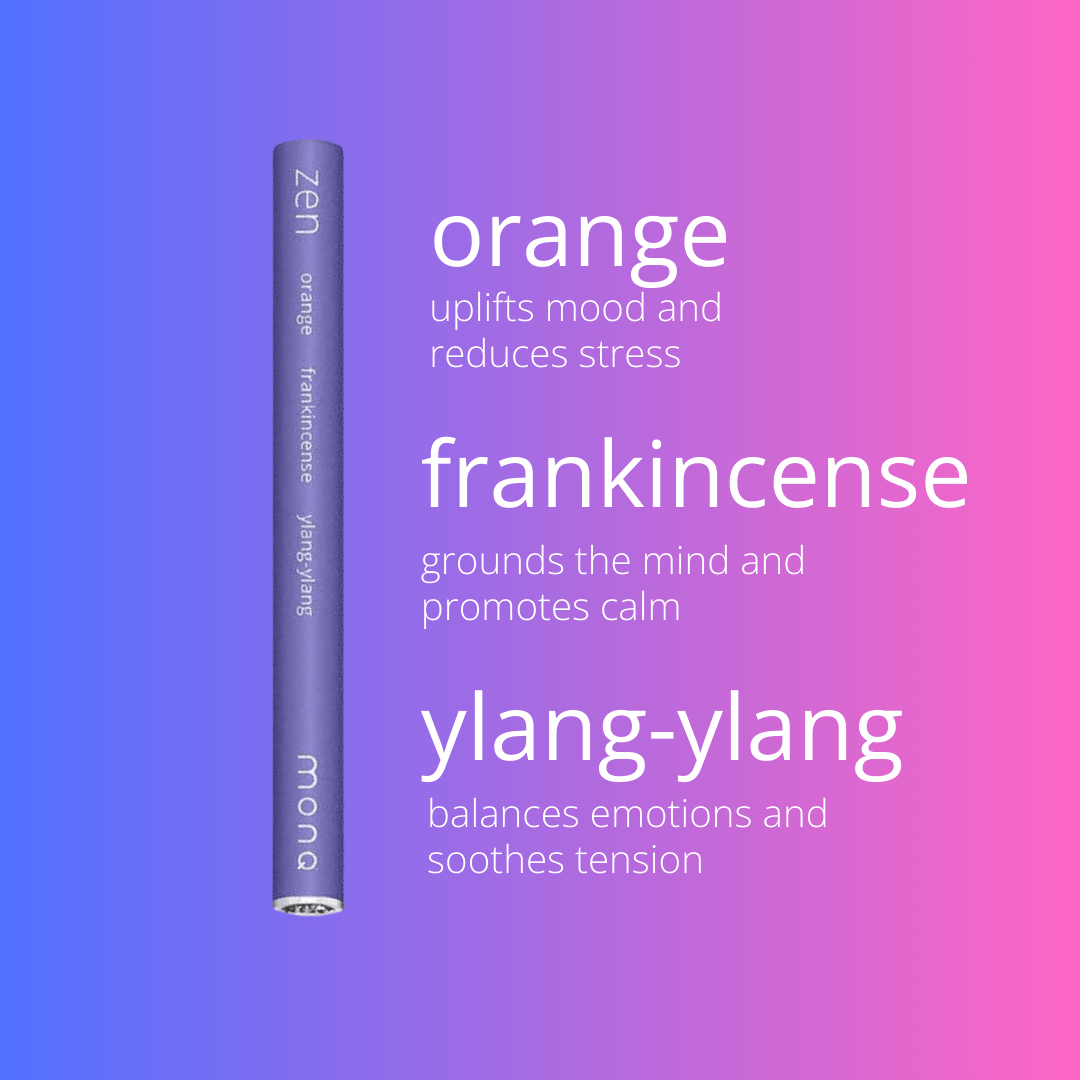
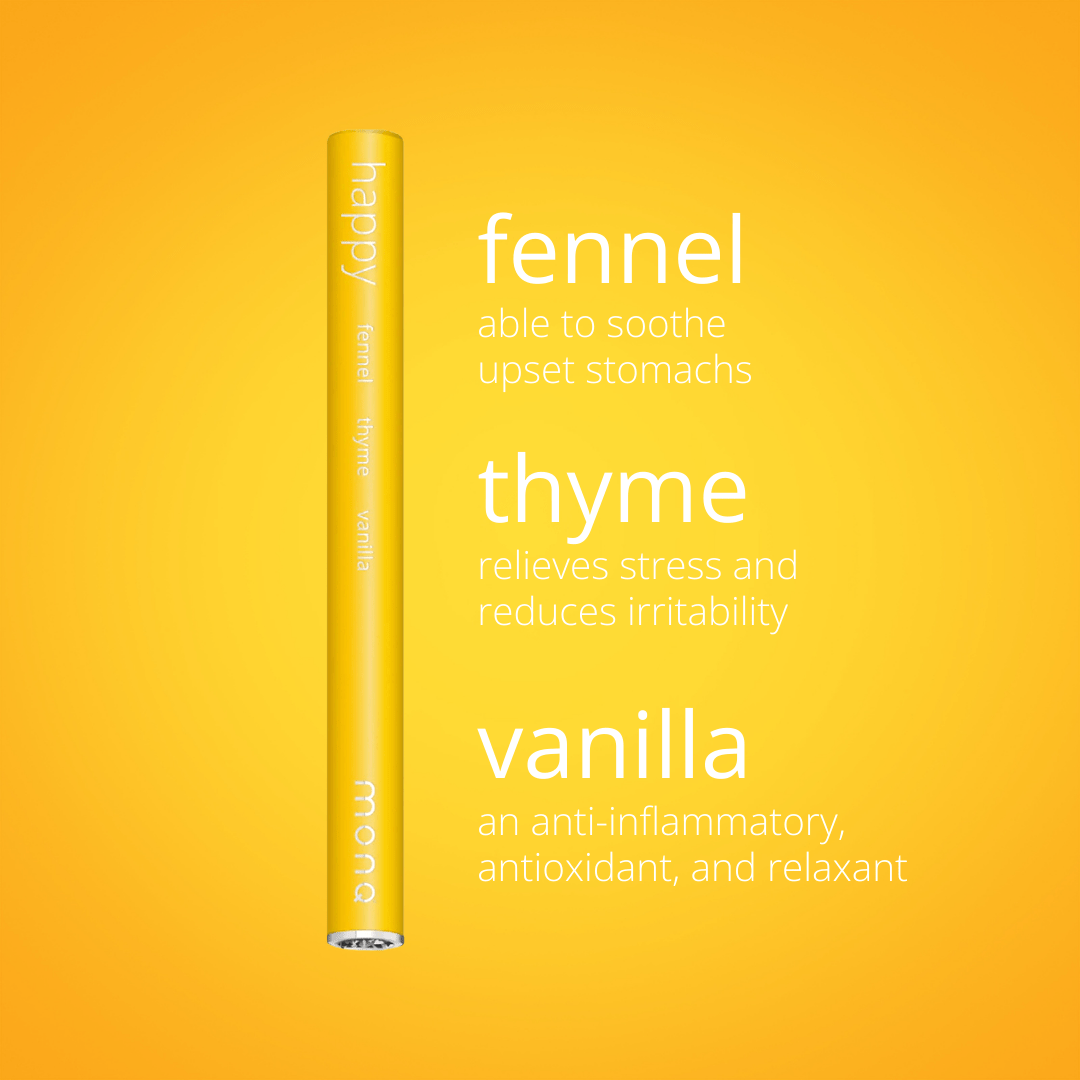
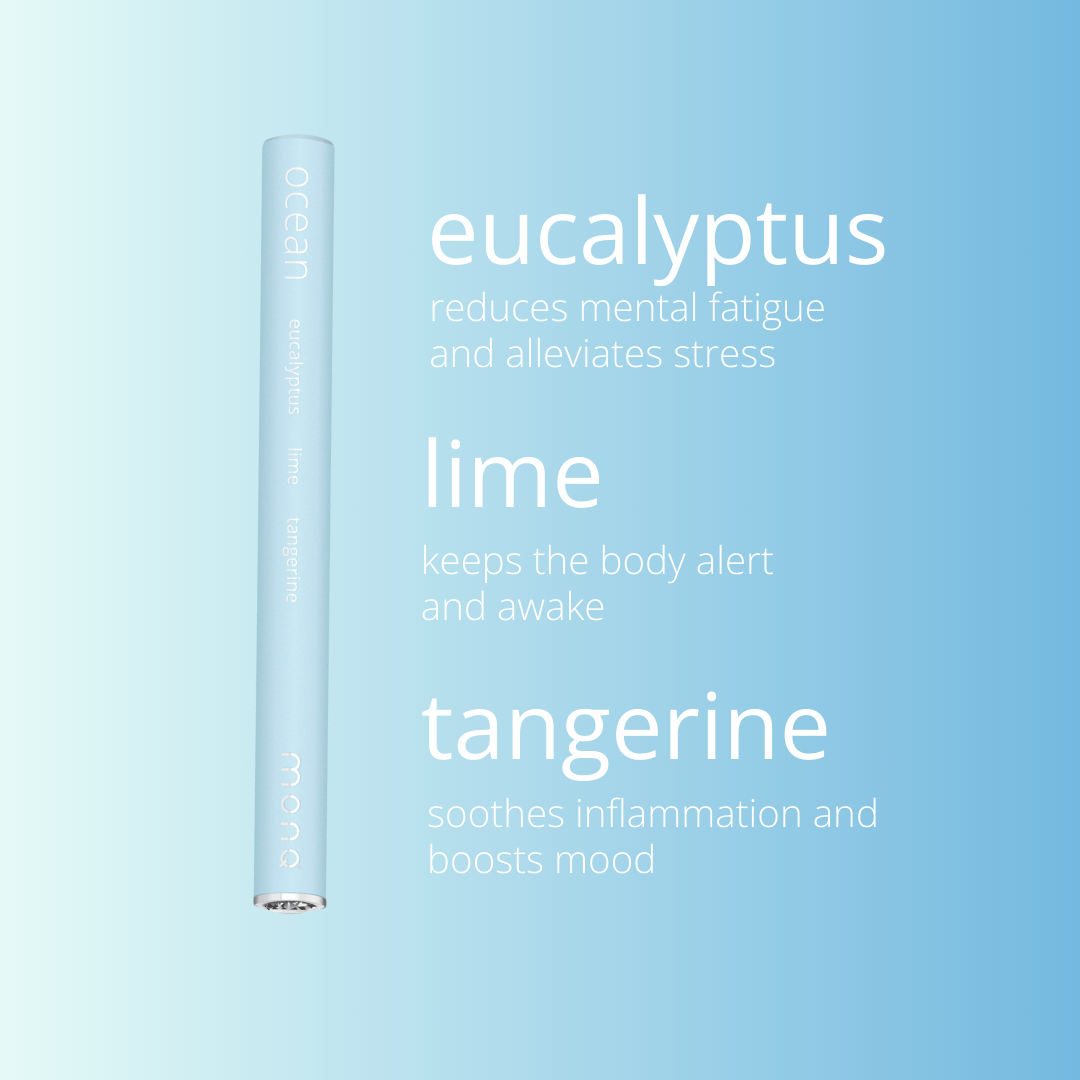
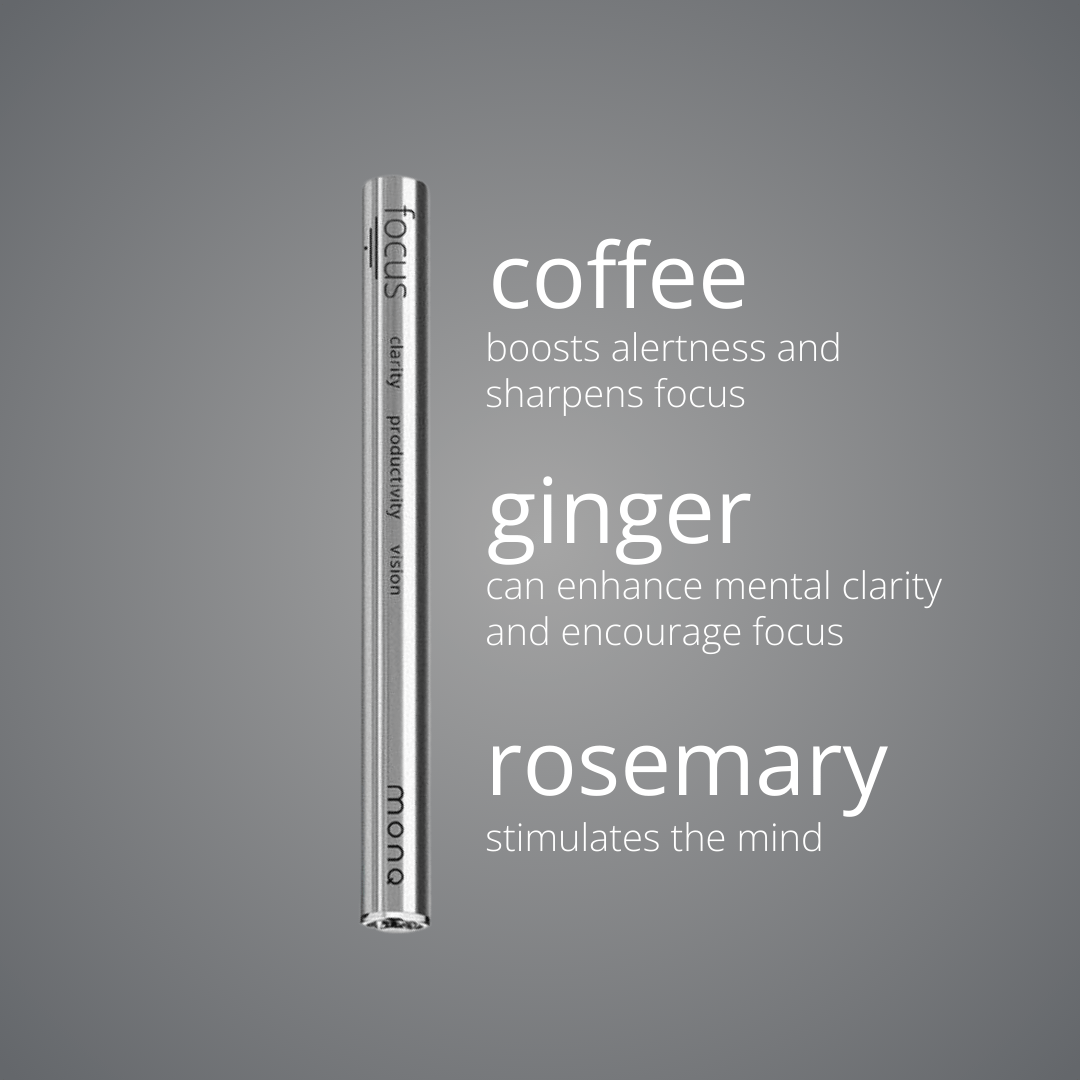
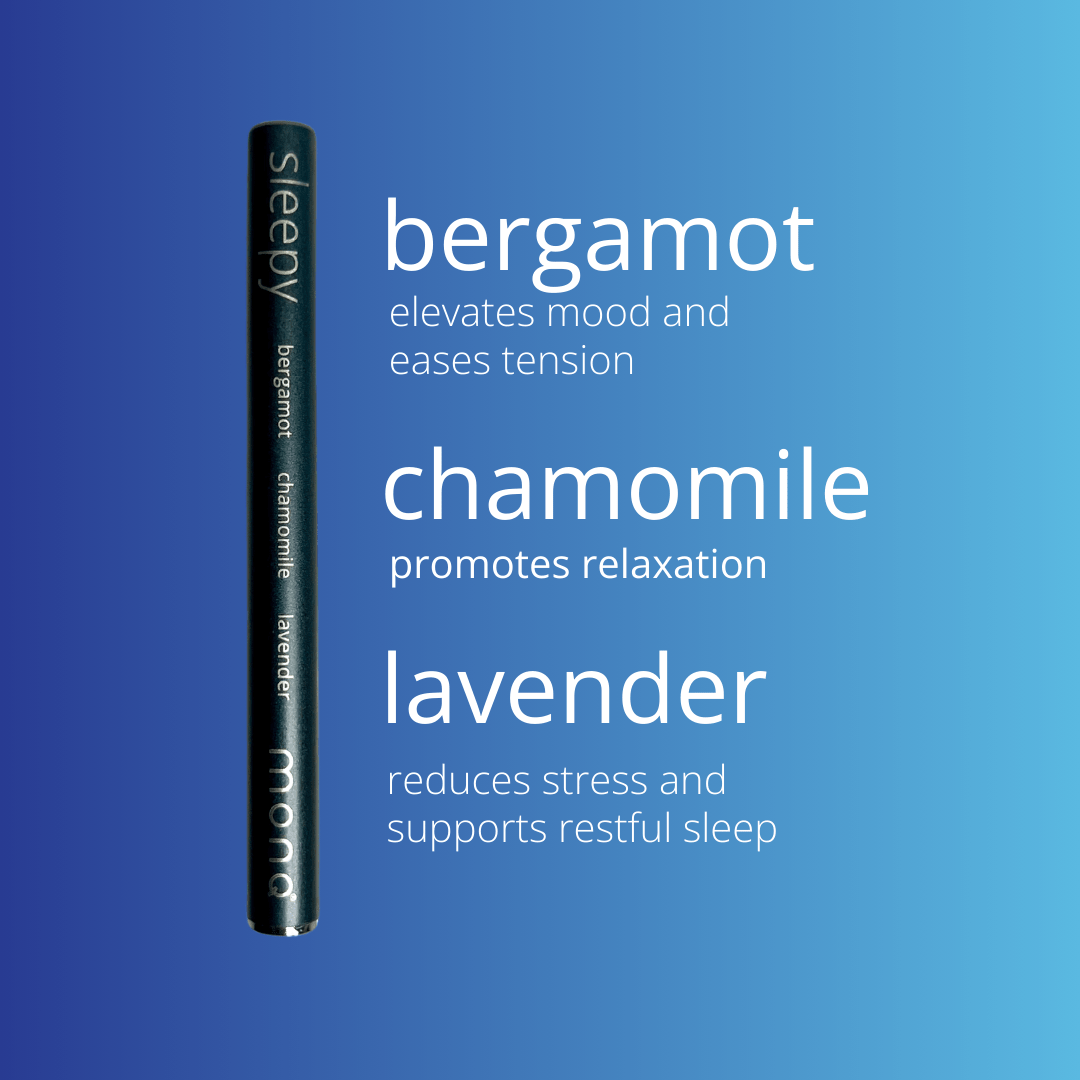

Leave a comment